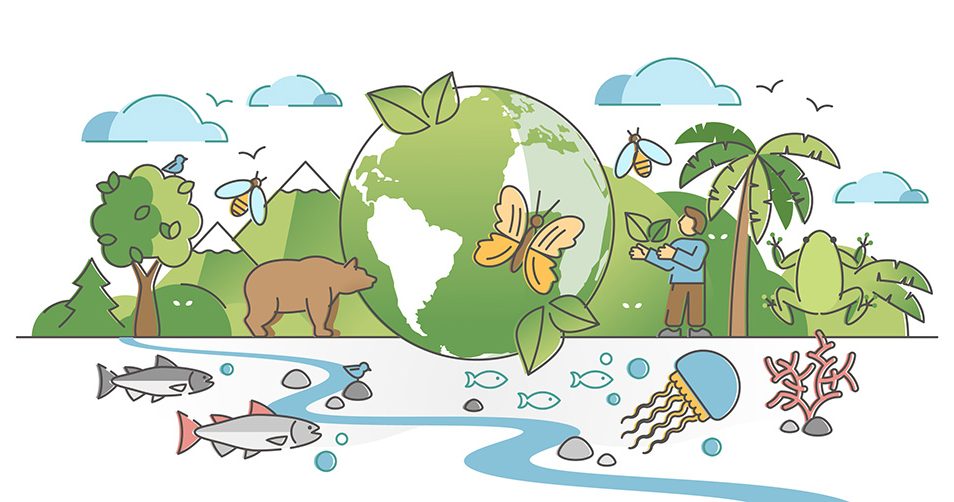Restoring Ecosystems: The Key to Healing Our Planet
The degradation of ecosystems is a critical global issue that demands urgent attention. However, the key to healing our planet lies in our ability to restore and revive these ecosystems. In this blog, we will explore the importance of ecosystem restoration and how it plays a vital role in safeguarding biodiversity, mitigating climate change, and securing a sustainable future for our planet.
Preserving Biodiversity:
Ecosystems are incredibly diverse, harboring countless species that rely on each other for survival. Restoring ecosystems helps preserve biodiversity by providing habitats and resources for various plants, animals, and microorganisms. By recreating healthy ecosystems, we can protect endangered species, support pollinators, and maintain the delicate balance of nature.
Enhancing Ecosystem Services:
Ecosystems provide invaluable services that sustain human well-being. These services include clean air and water, pollination, nutrient cycling, and climate regulation. Restoring ecosystems can enhance these services, improving the quality of life for both humans and wildlife. For example, restoring wetlands can help purify water sources and mitigate the impacts of flooding.
Carbon Sequestration and Climate Change Mitigation:
Ecosystem restoration plays a crucial role in mitigating climate change. Healthy forests and other ecosystems act as carbon sinks, absorbing and storing large amounts of carbon dioxide from the atmosphere. By restoring degraded forests and implementing reforestation efforts, we can sequester carbon, reduce greenhouse gas emissions, and combat climate change.
Soil Conservation and Restoration:
Soil degradation is a significant issue that affects agricultural productivity and ecosystem health. Restoring ecosystems includes implementing sustainable land management practices that improve soil fertility, reduce erosion, and promote the growth of native vegetation. Restoring degraded soils ensures the long-term viability of agriculture and preserves the foundation of healthy ecosystems.
Rebuilding Ecological Resilience:
Ecosystem restoration helps rebuild ecological resilience, allowing ecosystems to adapt and recover from disturbances more effectively. Restored ecosystems can withstand natural disasters, resist invasive species, and provide a buffer against climate change impacts. This resilience is crucial for maintaining the stability and functionality of ecosystems in the face of future challenges.
Conclusion:
Restoring ecosystems is a fundamental step towards healing our planet and ensuring a sustainable future. By preserving biodiversity, enhancing ecosystem services, sequestering carbon, conserving soil, and fostering ecological resilience, we can reverse the damage caused by human activities. It is essential for individuals, communities, organizations, and governments to prioritize and invest in ecosystem restoration efforts. Through collective action, we can heal our planet, protect biodiversity, mitigate climate change, and secure a flourishing environment for generations to come.


I does need to heal
ReplyDelete